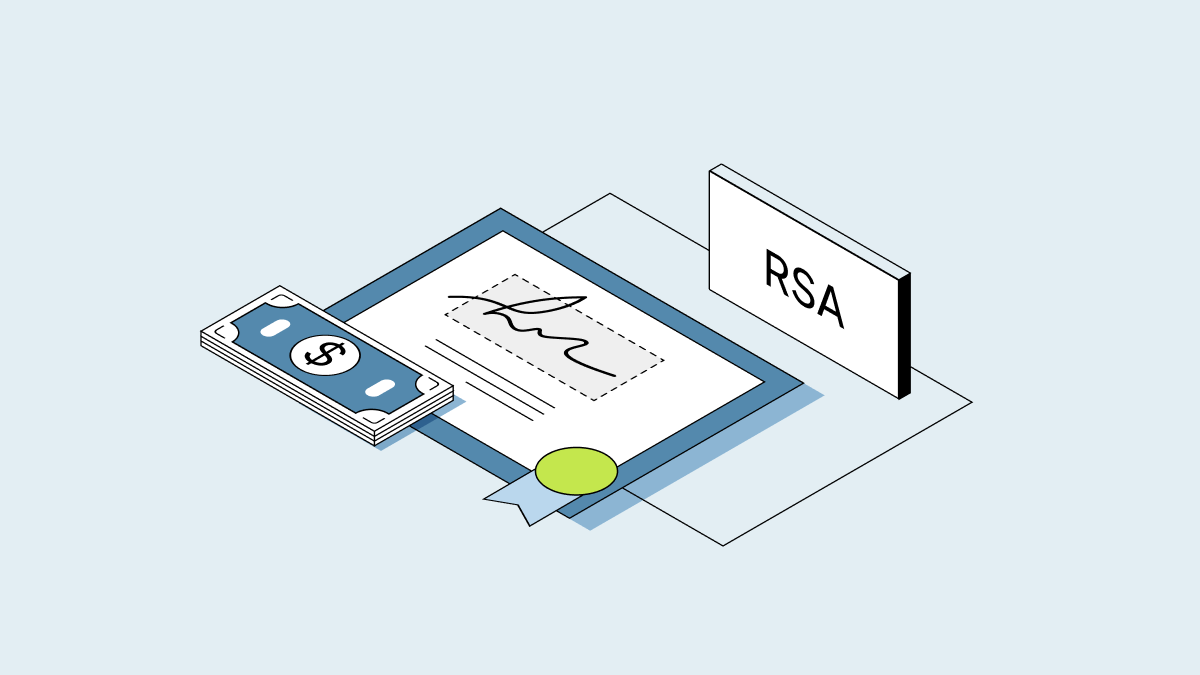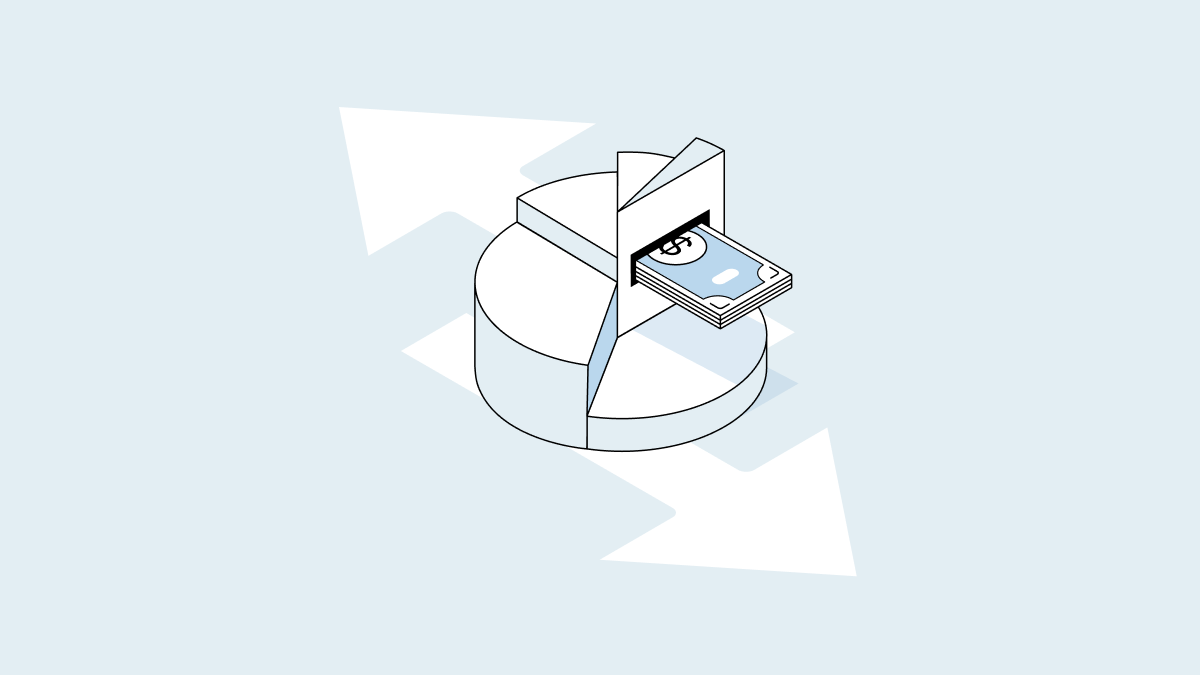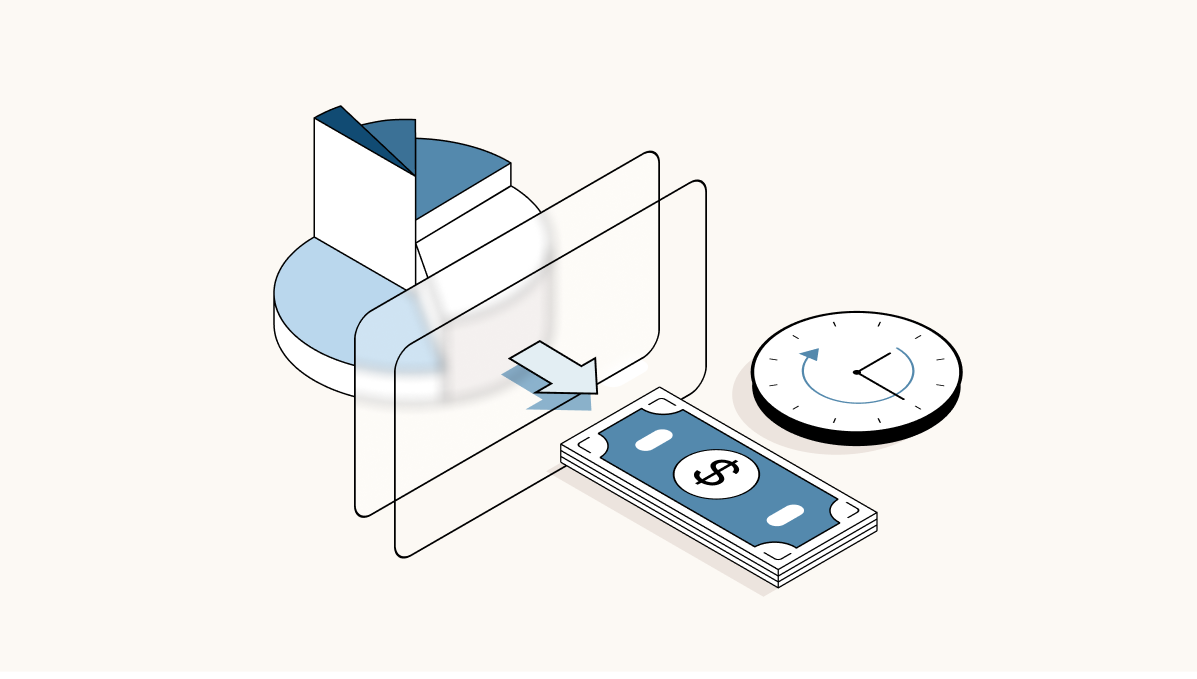When you’re just starting your company and getting your business idea off the ground, it might be too early to seek out outside funding. As an alternative to seed funding from venture capitalists or angel investors, many startup founders use their own money to bootstrap, grow, and build a prototype.
What is bootstrapping?
Bootstrapping is the process of starting and growing a company using your own resources, without relying on outside capital. Bootstrapping resources can include personal savings, credit cards, loans, reinvesting early profits, and low-cost or free tools and services. By bootstrapping, founders can focus on talking to potential customers and developing their idea without the influence of investors, allowing them to maintain complete control over their startup.
Based on Carta’s data from working with more than 40,000 startups, we typically see founders invest about $10K in the bootstrapping phase and spend 4-6 months building the foundation of their company before looking for outside capital.
Bootstrapping vs. seed money
In the startup world, the difference between bootstrapping and raising seed (or pre-seed) money can be significant. Seed funding is the initial capital used to take a startup from concept to the early stages of operation. It’s often a riskier stage for investors since they’re banking on the potential of an idea and the capabilities of the founding team (rather than a proven business model).
Bootstrapping allows entrepreneurs more flexibility and time to figure out if their idea solves a real, monetizable problem, prototype solutions, and achieve some level of market validation without the pressure and equity loss that comes with early-stage investment.
How to bootstrap your startup
Some early-stage startup founders self-fund by using their savings, borrowing from friends and family on friendly terms, or borrowing against a credit card to stand-up a decent MVP (minimum viable product).
Here are some tips for bootstrapping your startup:
Validate your idea before building it
Don’t spend too much time and money developing a product that no one wants. Talk to customers, validate it with painted doors, test your assumptions, get feedback, and iterate quickly.
Use free or low-cost tools and platforms
Easy-to-use tools and templates are available for just about everything—from web development and design to marketing, sales, accounting, and more.
→ Learn more about Carta’s free tools and templates for early-stage founders
Outsource or automate non-core tasks
You can’t do everything by yourself, but you also don’t need to hire a full-time team right away. Outsource administrative, legal, or technical tasks with platforms like Upwork, Rocket Lawyer, or Fiverr that help you match with professionals and freelancers.
Prove traction as soon as possible
Don’t wait until you have a perfect product or a large user base to require signup or to start charging for your goods or services.The best way to fund your business is to use the money you make from your customers.
Find a way to monetize your MVP, offer a pre-sale, or create a subscription model to generate cash flow. This can also help you validate your product-market fit and improve your product based on customer feedback.
Advantages of bootstrapping
While self-funding your startup can be stressful, there are several advantages to bootstrapping, including:
-
Full control and no equity loss: Bootstrapping allows you to retain full ownership and control of your business without giving up any equity ownership or decision-making power to investors. This gives you more freedom to experiment or change direction without external pressure.
-
Focus on customers: Directly align your business goals with customer needs instead of investor expectations.
-
Traction-driven: Encourages a focus on generating revenue from the start, which can lead to a leaner and more efficient business.
-
Better for funding deal negotiations: If you bootstrap successfully, you can prove your business’ growth potential, viability, and traction, and increase your valuation and bargaining power when you decide to raise from investors.
Disadvantages of bootstrapping
While bootstrapping has its perks, there are also drawbacks to consider:
-
Limited resources and opportunities: You have to rely on your own savings, revenue, and personal network to fund your business. You may not be able to access the resources, opportunities, or connections that investors can provide, such as mentorship, expertise, partnerships, or distribution channels.
-
Increased personal risk and stress: Using personal finances or credit can lead to significant personal financial risk and added stress since it’s your own money on the line.
-
Scaling challenges: Without substantial capital, it can be harder to scale quickly, take advantage of market opportunities, or fend off competitors. You may also miss out on the network effects or economies of scale that come with having more users or customers.
Bootstrapping your startup requires a combination of courage, discipline, and resourcefulness. With a well-executed bootstrap strategy, you can build a compelling proof of concept that can either sustain a profitable business or lay the groundwork for a successful external funding round down the line.
The key is to start small, think big, and stay focused on creating real value for your customers.
If you’re looking to start your business, Carta’s Founder Studio can help you incorporate your business, learn business fundamentals— and when you’re ready, has all the resources and tools you need to raise funding.



